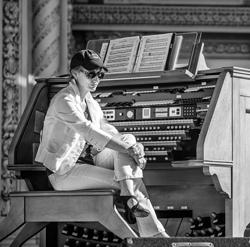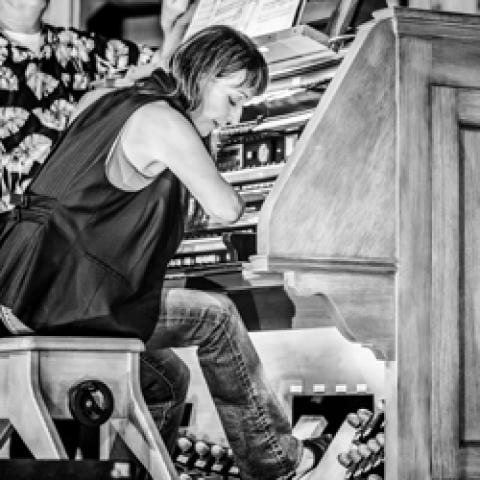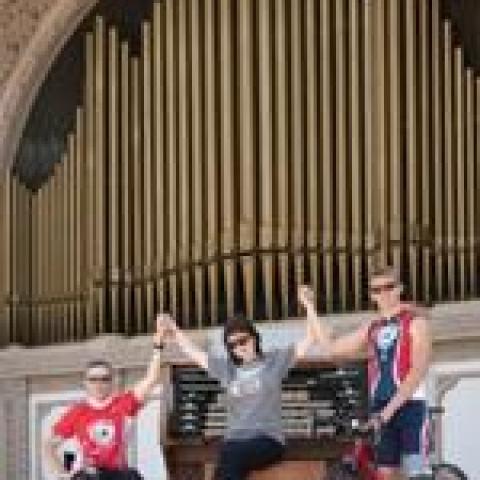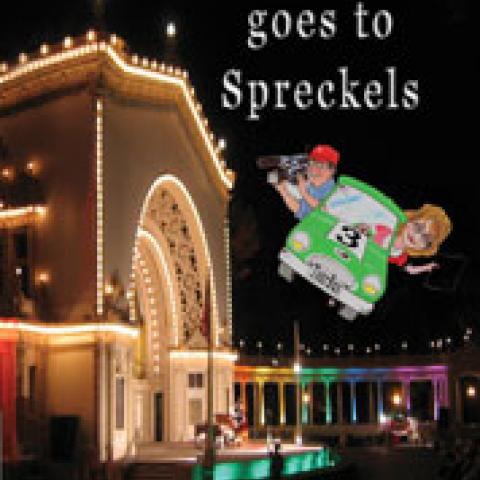
Carol Williams will perform a 12-hour-plus marathon organ recital on May 24 at the Spreckels Organ Pavilion in San Diego, from 8 a.m. until 8:15 p.m. She will exceed the time of the previous event of two years ago.
All donations for this marathon concert will go to Challenged Athletes Foundation’s® (CAF) Operation Rebound® program, a premier sports and fitness program for American military personnel, veterans, and first responders with permanent physical disabilities. Throughout the day, various speakers will be at the event to support the cause.
A donation form is available at www.melcot.com.





